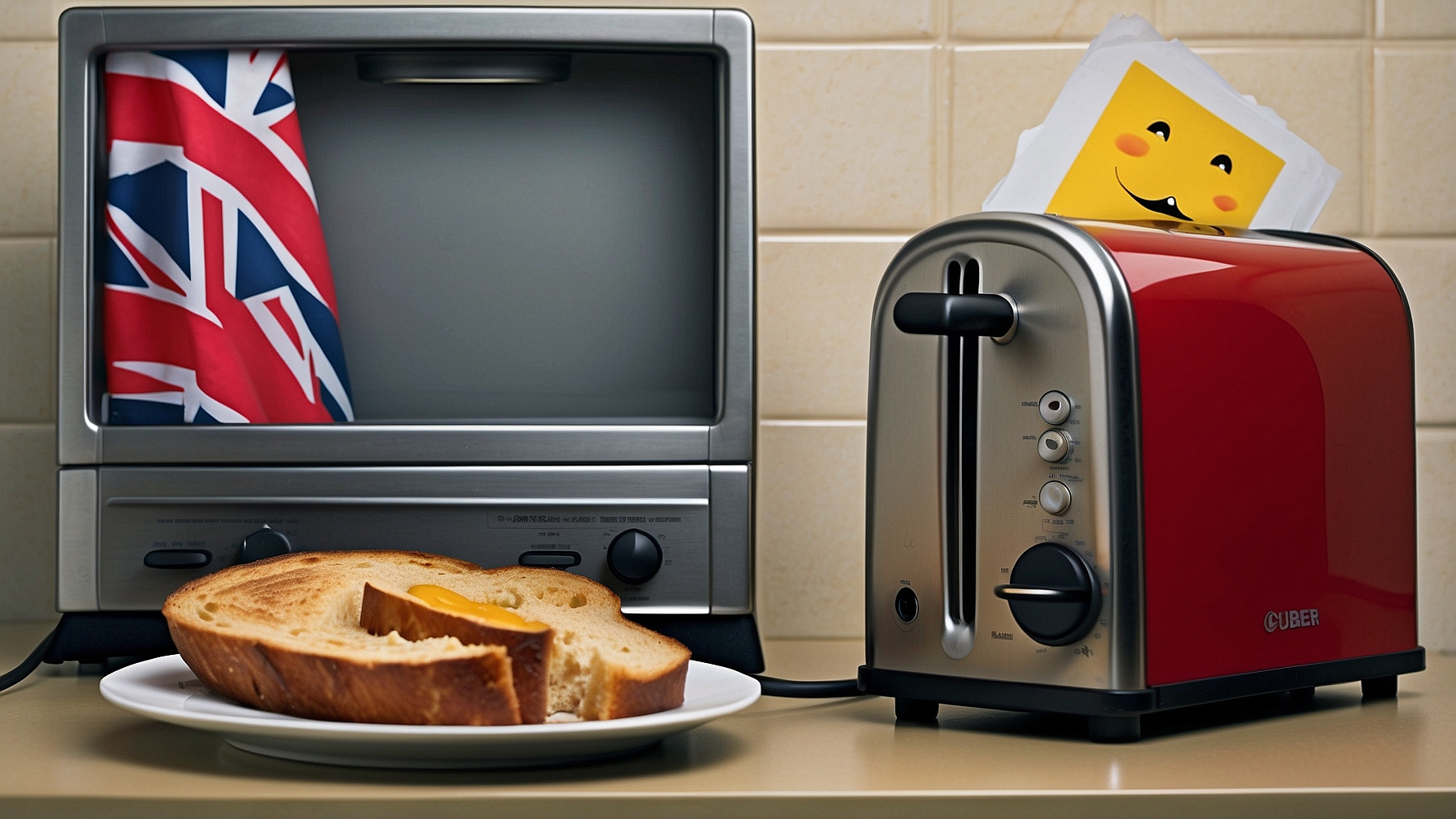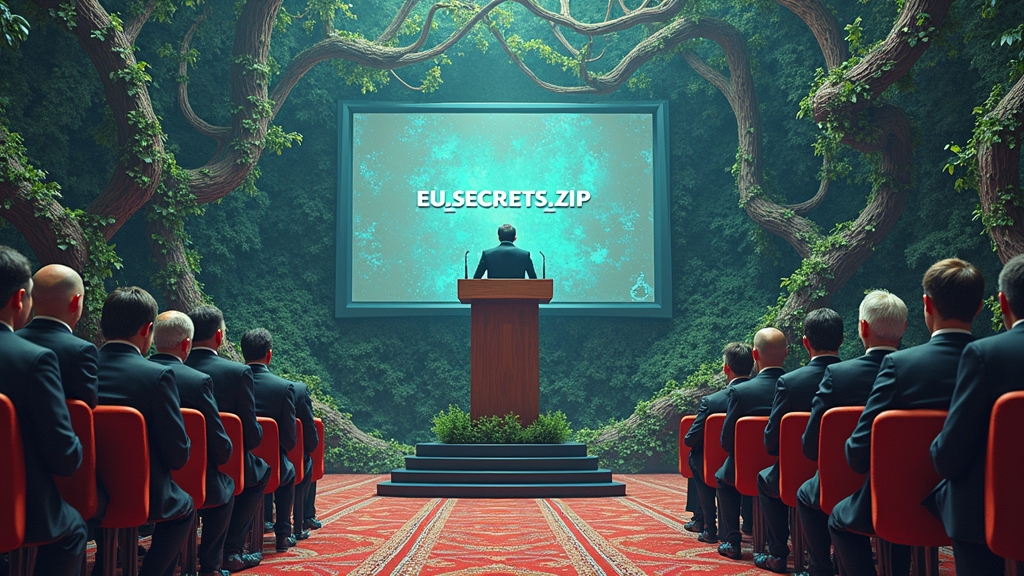Russia Unveils Revolutionary Plan to Cyber-Murder UK Toast: AI Set to Become UK’s Most Dangerous Appliance by 2025
In a move guaranteed to send shivers down the spines of British toast enthusiasts, Russia has decided that the future of global conflict lies within the kitchen appliances of the average Brit. As revealed at a NATO conference in a nondescript London hotel with endless tea breaks, Pat McFadden, the Chancellor of the Duchy of Lancaster, declared that Russian cyber-attacks could soon be what finally makes the UK’s electricity grid go dark—an unparalleled crisis that threatens to relegate the nation back to reading by candlelight.
“I can say with complete confidence and a smidgen of panic that our adversaries are poised to use artificial intelligence to turn off our kettles, ruin our toast, and leave us with lukewarm beans!” McFadden didn’t say, but might as well have. “We must remain vigilant. God forbid the Wi-Fi goes out, and, you know, real chaos ensues.”
This threat unveiling coincides perfectly with the UK’s invention of another acronym as a solution. LASR, standing for the Laboratory for AI Security Research, will be headquartered in what we can only assume is a highly top secret facility, cleverly disguised as a Tesco Extra. Its mission? To anticipate every possible way Russia might unleash chaos and sub-par poached eggs upon the unsuspecting British public.
“We cannot allow the fruits of the digital age to turn into weaponized raspberry jam,” claimed an imaginary spokesperson from LASR. “Our national dietary staples are non-negotiable. If the grid goes down and we can’t Netflix or chill, can we even say we’re still British?”
Meanwhile, Russia, suspected villain and toast-hating antagonist, responded to these allegations with a cheerful chuckle. “Da, we are planning a massive cyber-offensive… targeting specifically your toasters,” a fictitious Sergey Blinovich would probably assert, winking conspicuously while typing on his Quantum ZX-Splode 5000, known for doubling as a popcorn maker.
As NATO members brace for the insurgent wave upon wave of digital yeast disruption, the UK plans to retaliate using its most cutting-edge technology—launching 2-for-1 sales at Gregg’s to bolster citizen morale.
In these uncertain times, one can only hunker down and pray. Preferably in a bunker equipped with a hoard of emergency crumpets.





